Prevention
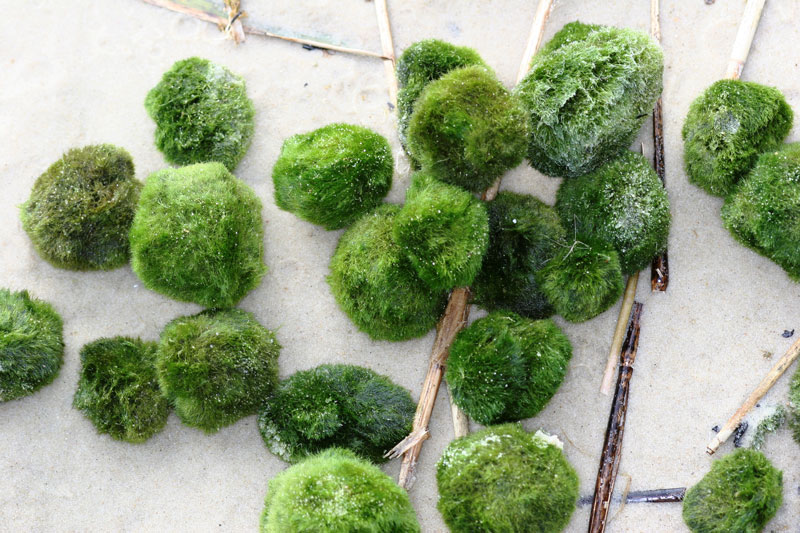
The answer is relatively easy if you know how things work in nature. A low level of organic pollution, well-growing, healthy plants,and an appropriate quantity of fish (neither too high or low). These condtions make life easier for the plants and more difficult for the algae. The aquarium keeper has a vital task - fertilization. Creating strong competition for the algae by fostering healthy, well-growing plants is really the best remedy and the easiest way to fight algae.
Carbon dioxide fertilization is the top remedy
A CO2 injection system provide the plants with everything they need to grow and to consume nutrients that would otherwise feed the algae. In our experience, an aquarium with a good carbon supply runs far more stable than an aquarium without the addition of CO2.
However, the supply of the other main nutrients and trace elements is also crucial if you want well-growing plants. Provide these witheither a nutritious undergravel medium, a liquid fertilizer, or both. Of course, the lighting, the plants, and the animals all need to be in sync with the fertilizer regime. Intense light, slow-growing plants, and lots of nutrients are a combination that give the algae a huge advantage. Consequently, that could spread explosively. A frequent water change of around 30% every week, is also a good way to keep the algae in check, as you remove pollutants and add fresh nutrients for the plants.
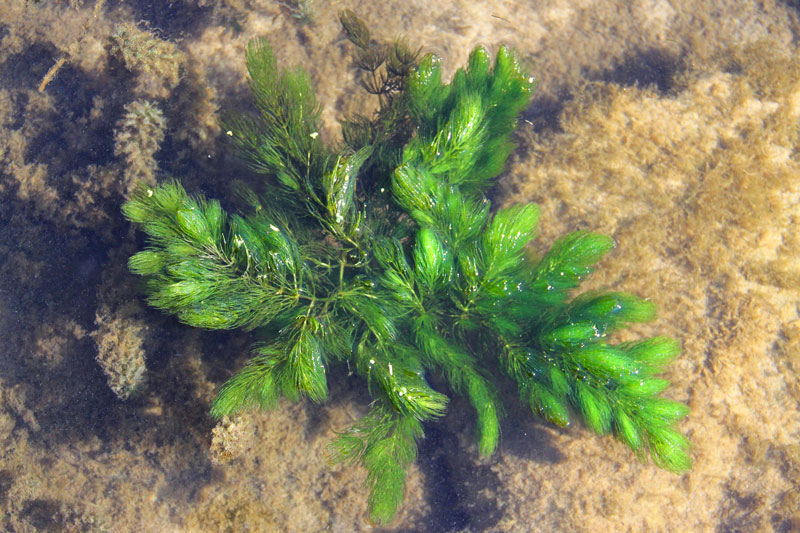
The best algae prevention is a relatively low stock of fish
Low stock of fish means that less food is added to the biological system. The kind of food you choose for the animals you keep in your aquarium can also have a significant effect on the growth of algae. As tests with Dennerle food range have shown, high-quality natural foods can help reduce the algae population.
The intensity of the light and the duration of your photoperiod, also have a great influence on plant growth. The lights should not be on for over 10 hours. With longer photoperiods, the photosynthesizing systems of the plants may go inactive or even suffer damage. Switching the lights off for 3-4 hours around noon has also proven quite effective. The plants can use this pause to regenerate their photosynthesizing system.
Green weapons against algae
When we set up a new aquarium, we have a great choice: there are over 200 aquarium plant species of all forms and many colors that grow in the Dennerle greenhouses. Two of them even have great potential as algae killers:

Hornwort
We never set up any tank without hornwort (Ceratophyllum demersum). Hornwort, whose name derives from the hard, horn-like structure of its leaves, can be kept as a floating plant and will start consuming surplus nutrients immediately. The other plants are able to take root without having to compete against the algae. Later on,they'll take over and contribute to biological balance in the aquarium. When the hornwort has done its job, you simply remove it from the tank, and place it in a large glass vase - a beautiful decoration for every room
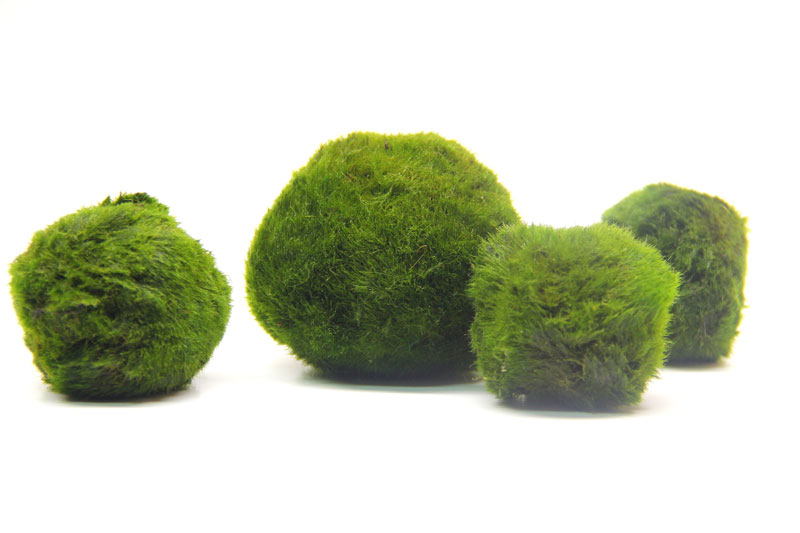
Marimo balls
They are also called “moss balls“. While the nickname, "algae balls" is not as appealing, it technically is more accurate given that these hollow fuzzy balls are in fact, formed by green algae of the genus Aegagropila (Aegagrophila linnaei). Located in their core, are microorganisms that break down nitrates, thus taking away nutrients from the algae.
Natural enemies
You should avoid anti-algae products. They do not combat the root cause. Instead, they treat the effects and usually damage the aquatic plants. It is better to use algae-eating fish, shrimps, and snails.
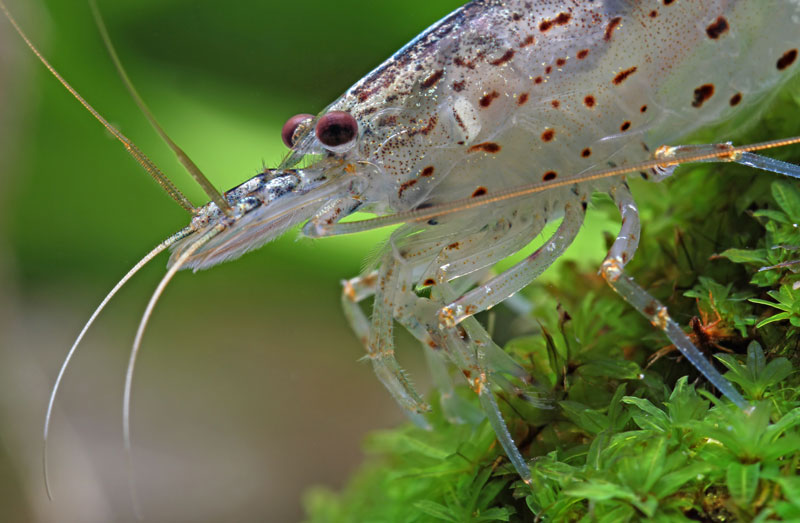
One of the best algae-eaters is the Amano shrimp (Caridina multidentata). Even a small group works wonders. They can therefore be found in almost every aquascaping aquarium. The substrate, stones, and roots are tirelessly grazed for algae and other food.
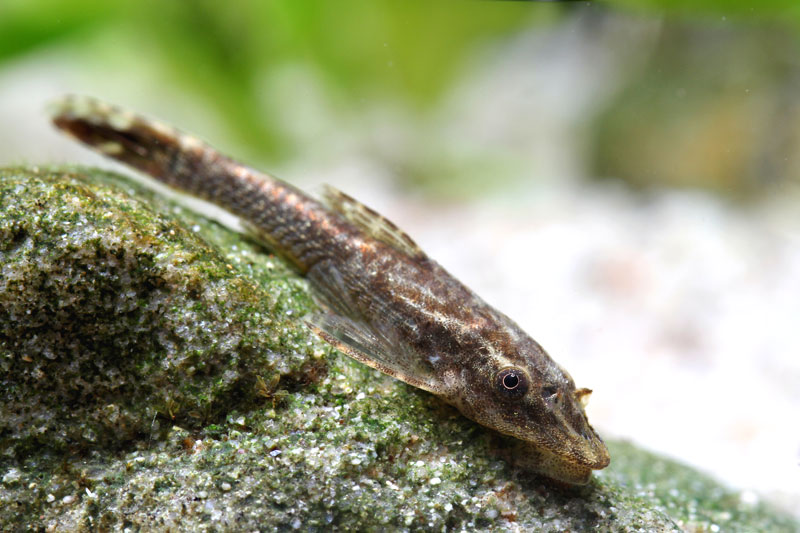
Otocinclus catfish are highly recommended. This small, peace-loving fish should always be kept in a group of at least 5-10 animals. It tirelessly "processes" algae deposits on leaves, wood, stones, as well as the glass.
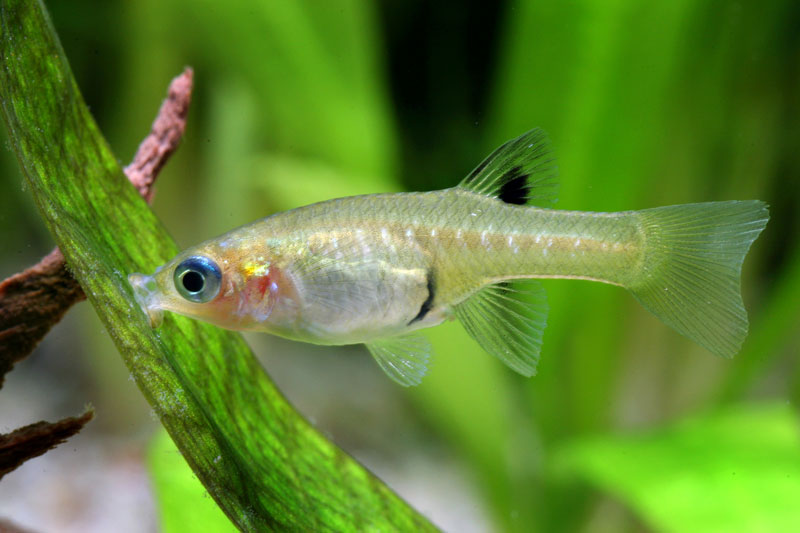
Most livebearers, such as guppies, black mollys, and platys also like to eat algae. They particularly like to graze on younger algae layers.
Snails such as the zebra nerite snail and the horned nerite Chlithon, are perfect glass cleaners thanks to their rasping technique. Stones and roots are also popular places for them to graze.
_____________
Ever wondered how we produce our plants?
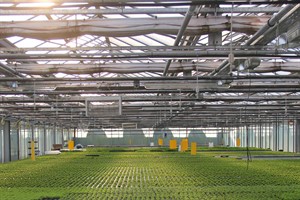
Plant production in Germany